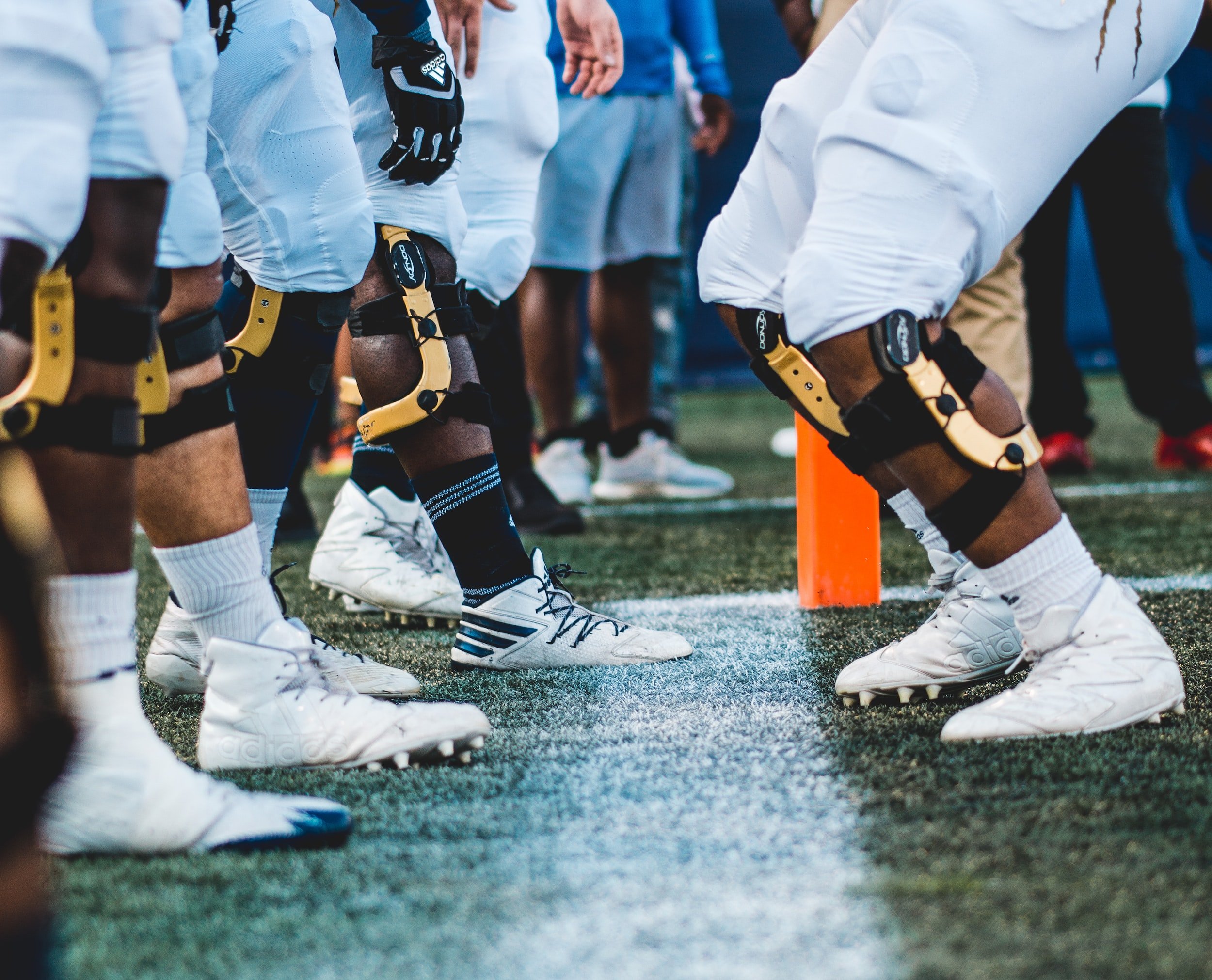What Asymmetry Testing Really Tells Us: Part 1
The desire for symmetry is prominent in many aspects of our lives. In fact, a simple Google search of “human symmetry” will yield tons of results, particularly in reference to beauty standards and how our eyes naturally are more pleased by symmetrical faces. Asymmetry is, therefore, also engrained as something to avoid. However, the human body does not function as a symmetrical machine. Our hearts are on the left side of our bodies, one foot is often bigger than the other, and most of us are either right or left handed. So why do we innately strive for an unachievable standard of symmetry as an indicator of our movement health and performance?
When does asymmetry matter?
Sport performance and injury prevention
In long-distance running, where movement efficiency can make or break race times, and preserving any little bit of extra energy can pay off, the research suggests that the more symmetrically a person moves, the higher their running economy (Azua, 2017; Stiffler-Joachim et al 2021). An analogy for understanding the asymmetry disadvantage in running would be if you got stuck with a poor partner in a three-legged race; they would hold you back, and you wouldn’t be able to achieve your full race potential.
But does this necessarily mean that devoting considerable effort to your technique will automatically improve your running performance? Joubert et al 2020 showed that ground contact time (GCT) asymmetry is a strong predictor of impaired running economy in runners with more prominent leg muscle mass imbalances, while Mackala, Michalski and Coh 2010 observed that step length asymmetry in sprinting was correlated with leg strength asymmetries. Koldenhoven et al 2020 also found that individuals with exercise-related lower leg pain had large strength deficits at the ankle and hip and longer ground contact times on the affected side. So, it seems that the issue may not be with asymmetrical running patterns but with asymmetrical strength, and focus should be placed less on technique and improving GCT asymmetry and more on training to improve strength, endurance, or power asymmetries. Not only can it improve movement efficiency, but it can also reduce the likelihood of chronic overuse injuries, like shin splints, by reducing overload of one side.
Rehabilitation
As discussed in a previous post, “Sherlock Holmes, Heuristics, and the RTS Roadmap,” asymmetry evaluations are a functional milestone in rehabilitation for orthopedic and musculoskeletal injuries. Asymmetry tests, such as single leg hops, are used by practitioners to determine readiness for return to sport after ACL injury, as individuals who experience ACL injury show lower reactive strength, quadriceps strength, and change of direction capabilities of the affected limb. In fact, those with knee asymmetries that go untreated after ACL reconstruction are at a higher risk of osteoporosis and low knee quality of life (Kaur et al 2021).
Take Action
The power of asymmetry testing and value-linked outcomes will depend on perspective. To avoid common pitfalls of percentage-based asymmetry benchmarking, consider these two key points:
Avoid being satisfied by just “checking RTS eligibility boxes” and consider athletes as being in an ongoing transitional state, requiring ongoing asymmetry performance monitoring.
Instead of approaching asymmetry as an indicator of “how close is one side performing relative to the other,” it should be an assessment of each limb's respective performance capacities to help identify trainable deficits or specific strategies that enhance athletic robustness and resilience to future injury (or re-injury).
Check out Part 2 and Part 3 of this post series, discussing when asymmetry may be less critical and how to use gait and jump testing to improve movement health outcomes and enhance return to sport decision-making.



